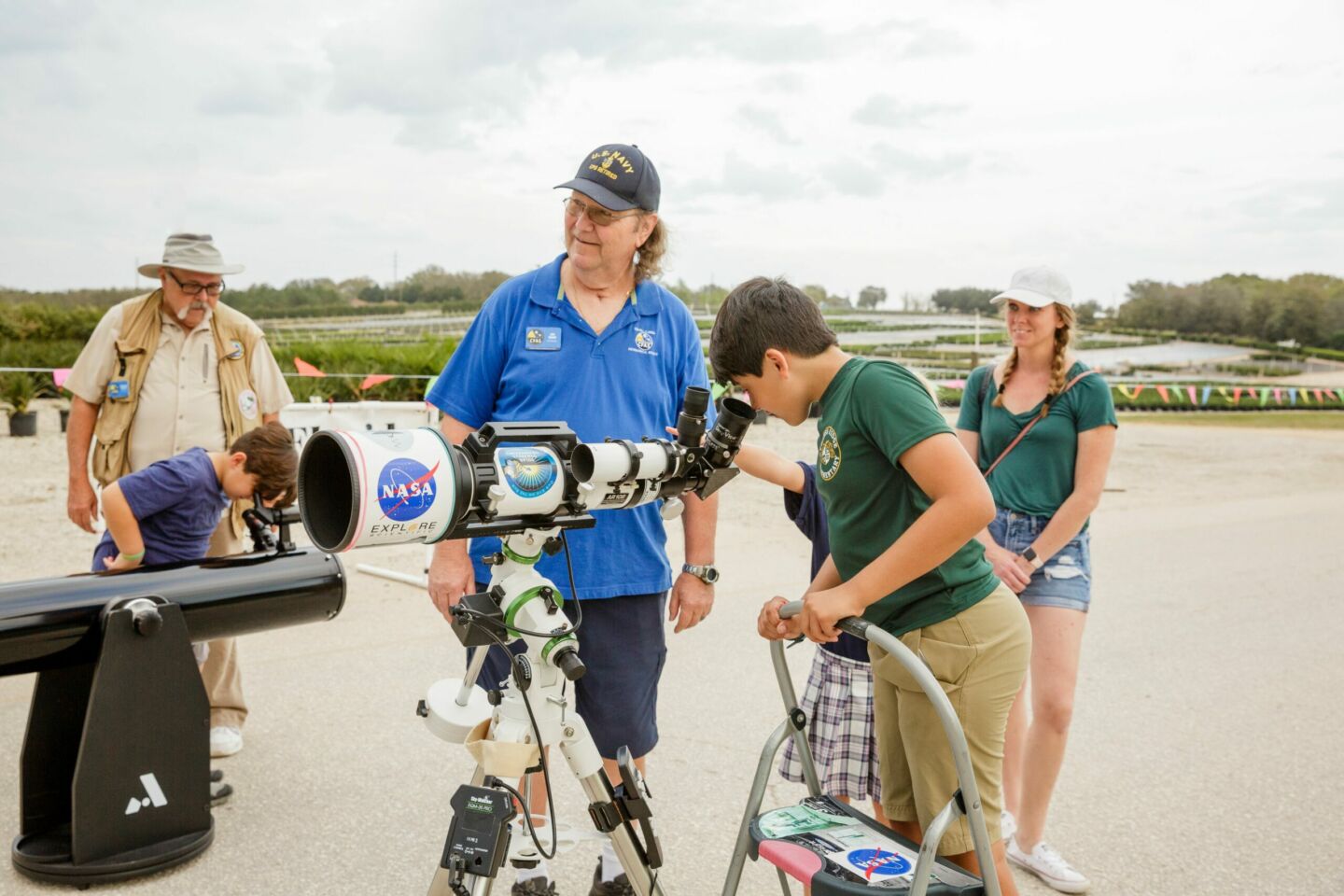
Without the Stars We Wouldn’t Have “Star Wars”!

The starry night sky and view of our vast universe has been inspiring men and women since the dawn of creativity. Writers, scientists and artists for centuries have gazed upward in awe of the mystery that exists beyond the world we know, letting their imaginations run wild to galaxies far, far away …
Adventures to other planets that feature strange environments, exotic alien races, and inter-galactic battles are some of the most famous and enjoyed areas of science fiction, fueled by the great unknown of the dark sky above us. And although the concepts of voyages into space, time travel and extraterrestrials gained popularity in the nineteenth century, the first ideas of space travel can be traced back to ancient Greece.
One of the earliest known fictions about traveling to outer space was by the Syrian writer Lucian of Samosata in the 2nd century A.D. His satire The True History is a detailed narrative about an epic voyage traveling through space to the moon and the hero of his story Icaro-Menippus tells the story of how he used bird wings to fly into space.
Today, writers and directors continue to entertain us with stories of space travel and what may exist into the far reaches of space. Luckily for most of us, traveling to where no man has ever gone before is as simple as buying a ticket, sitting back with a bag of popcorn and being propelled by a big screen into Intergalactica.
As we watch these films, however, we must remember that the science fiction universes we are seeing take place in the same adventure fiction environments inspired by the imagination of our ancestors, as they gazed into the same dark heavens above hundreds of years ago. We can only hope that future generations can continue to gaze up at the stars in the night sky, letting the wonders of space inspire their imagination, creativity and humanity.
Now, in the wake of the new movie Rogue One: A Star Wars Story movie, here our some of our favorite movies inspired by the night sky.
2001: A Space Odyssey (1968) is widely regarded as one of the greatest and most influential sci-fi films ever made. It’s a landmark, sci-fi classic and one of the best science-fiction film about space exploration into the unknown. The creation of this film was said to be heavily inspired by This Universe, a black-and-white short documentary made in 1960 by the National Film Board of Canada dramatizing the nightly work of an astronomer at the David Dunlap Observatory in Richmond Hill, Ontario. Director Stanley Kubrick spent more than half of his budget on special effects. The impressive results inspired classics like Star Wars and Close Encounters of the Third Kind.
Star Wars (1977), the George Lucas’s saga, has had a significant impact on modern culture. This movie, nearly 40 years after it’s debut, is still as popular as ever. Star Wars wasn’t the first Hollywood science fiction film, but it helped launch the science fiction boom of the late 1970s and early 1980s. Star Wars appeals to all age groups and especially to kids and it gets them interested in the ideas around space, distance, planets and travel. It’s quite easy to surmise that without access to seeing our stars, we would not have Star Wars!
Interstellar (2014) is about a team of explorers traveling through a wormhole in space in search of a new home for humanity to save them from a dying Earth. This is a great film, and not just for its exciting storyline and special effects, but because it transcends time and space, questioning the entire concept of existence. Director and co-writer Christopher Nolan worked closely with theoretical physicist Kip Thorne to make sure real science, ranging from facts to speculation, was embedded throughout the story. One of our favorite lines is, “We used to look up and wonder about our place in the stars. Now we just look down and worry about our place in the dirt.”



















